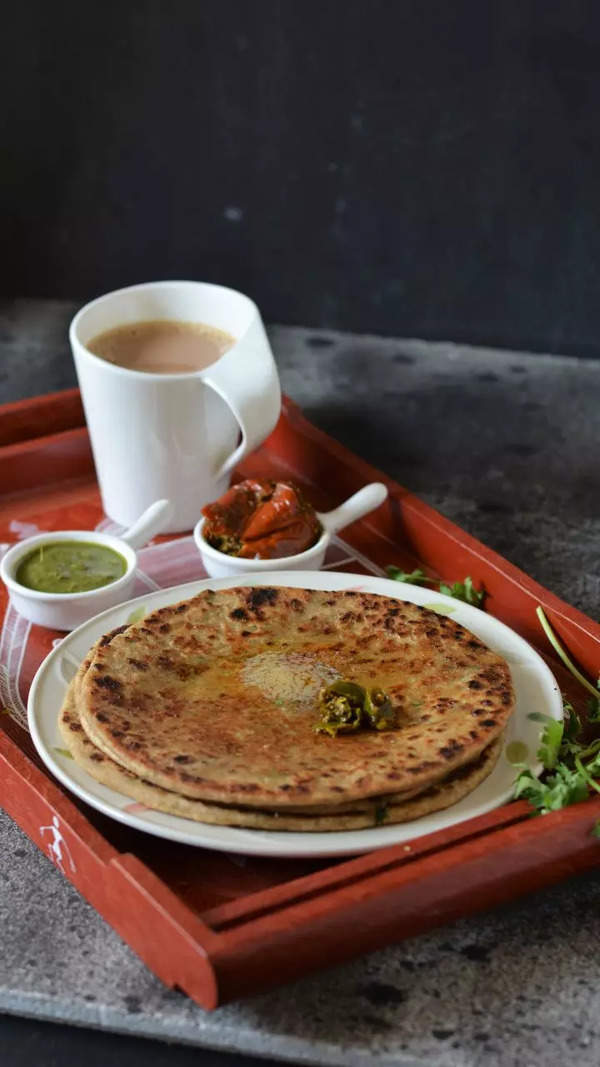- News
- City News
- kolkata News
- Why threat culture creators on protest dais, ask docs
Trending
Why threat culture creators on protest dais, ask docs

Many of these now-senior doctors, who have been advising the junior doctors and backing their stir, have been victims of campus violence and threats when they were students in the 1980s, the 1990s and later.


Some doctors alleged that one among these few senior doctors accused of terrorizing other students is now a prominent CPM leader, an alumnus of NRS Medical College, while another is an alumnus of Medical College Hospital Kolkata (MCHK).
The senior doctors said while two, who are now prominent faces of the current movement, are alumni of R G Kar, one was even questioned following the murder of a fourth-year student Soumitra Biswas in the college hostel in 2001. “These two were SFI leaders at RG Kar when the murder happened. There had been several allegations of them intimidating other students who refused to listen to them,” said Sajal Biswas of Service Doctors’ Forum. Biswas himself was a victim of the threat culture due to his political ideologies which were not in sync with SFI.
“My elder brother rang up the Entally PS one night when I was being tortured. Cops came but I was forced into a room and threatened not to call for help. I still remember that night when cops asked who needed help and I had to cower in fright,” head-and-neck onco-surgeon Sourav Datta recalled.
“I had protested against threat culture that time and am protesting now. But there are a few seniors who are now acting holier than cow even as they were the ring leaders of the threat syndicate during their student days. They should be kept away from the movement,” said Datta.
“I myself was a victim of such threat culture at MCHK some 20 years ago when the then ruling party had backed their boys to unleash a reign of terror on students with different political affiliation,” Pandey said.
“Earlier, when we were students or juniors, the nature of threat culture was mostly physical and there was mental torture on students whose political ideologies differed. Now it has come down to a new low with corrupt practices — forceful collection of money and failing students in exams,” a doctor said.
“The scale of threat culture now is dangerous, crossing all limits. While a few of those who were part of the threat culture are now prominent faces, we must welcome everyone as we need to uproot this threat syndicate from every medical college,” said oncologist Sharadwat Mukherjee of Doctors for Patients, an alumnus of MCHK.
End of Article
FOLLOW US ON SOCIAL MEDIA










